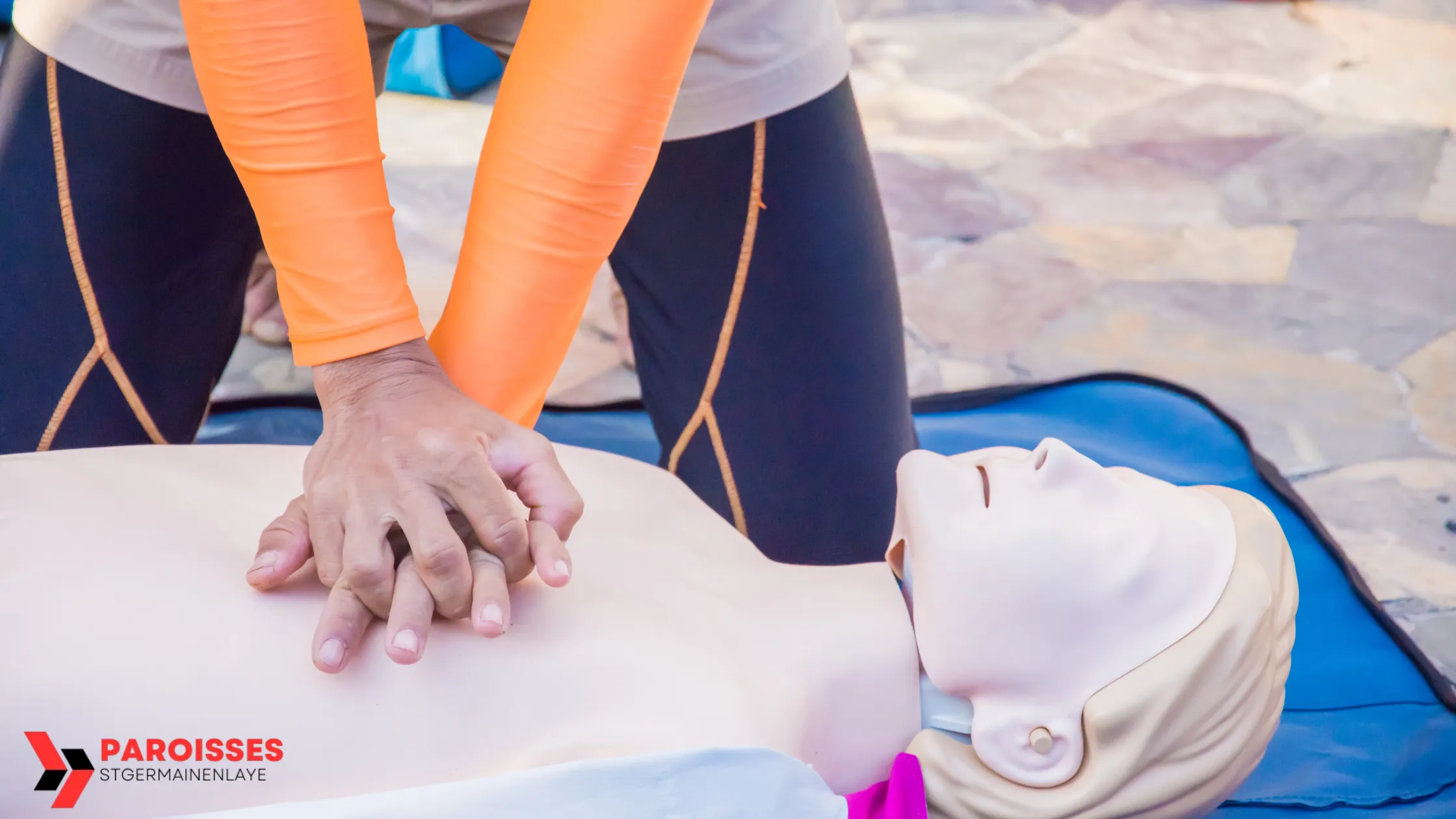Table of Contents
When saving lives during a cardiac emergency, understanding how can you achieve a high chest compression fraction (C.C.F.) is essential. Whether you’re a trained medical professional or a bystander, high-quality chest compressions are crucial for increasing survival rates. Chest compression fraction directly influences blood flow to the heart and brain, significantly improving the chances of survival in cardiac arrest cases. This article will discuss critical techniques and expert strategies to help you master chest compressions and improve your C.C.F., ensuring the best possible outcomes in crucial situations.
Why Chest Compression Fraction Matters
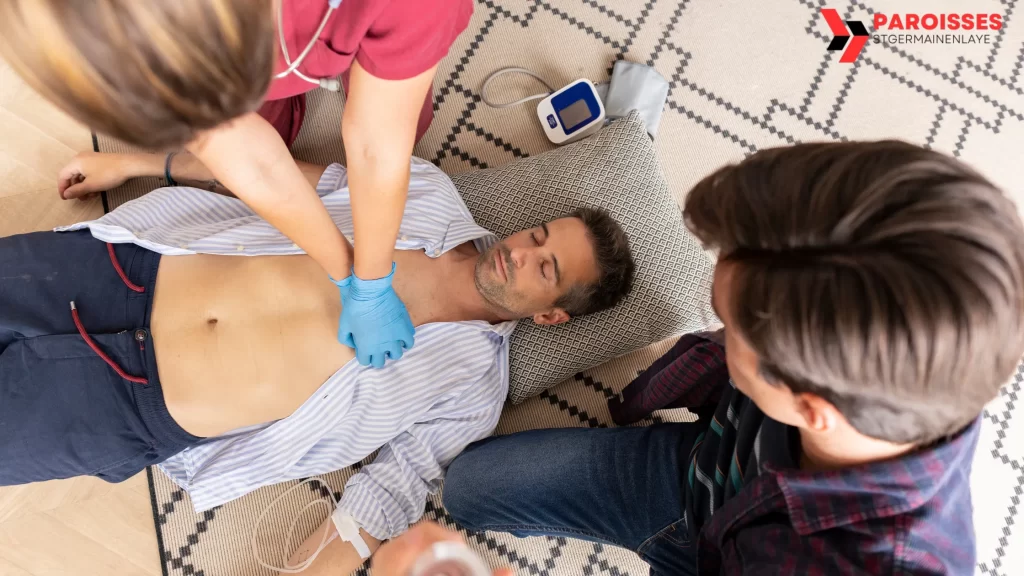
In cardiopulmonary resuscitation (C.P.R.), a high chest compression fraction (C.C.F.) refers to the percentage of time during a resuscitation attempt when chest compressions are delivered. Achieving a high chest compression fraction, typically above 80%, is critical for maintaining adequate blood flow to the brain and other vital organs. The greater the time spent on compressions, the better the patient’s chance of survival. When compressions are interrupted, blood flow drops rapidly, negatively affecting organ perfusion.
Understanding how can you achieve a high chest compression fraction is essential. It ensures that the heart, brain, and other vital organs receive the oxygen they need, increasing the chance of a positive outcome after resuscitation. Frequent pauses, improper techniques, and ineffective team coordination can all reduce the effectiveness of C.P.R., which is why learning how can you achieve a high chest compression fraction is so important.
What Is Chest Compression Fraction?
Chest compression fraction (C.C.F.) is the ratio of time spent delivering chest compressions during C.P.R. compared to the total time of the resuscitation effort. A high C.C.F. is crucial in cardiac arrest cases because compressions help maintain circulation, ensuring oxygenated blood reaches the brain and other organs. The goal is to minimize interruptions in chest compressions, ensuring that as much time as possible is spent actively compressing the chest.
How can you achieve a high chest compression? It takes practice, focus, and applying critical techniques designed to minimize pauses and deliver consistent compressions. Below, we will explore these techniques to help you improve your C.C.F. and become more efficient in life-saving situations.
Also Read: How Long Does 10mg Edible Stay in Your System Reddit? Shocking Reveal
Best Techniques to Improve Chest Compression Fraction
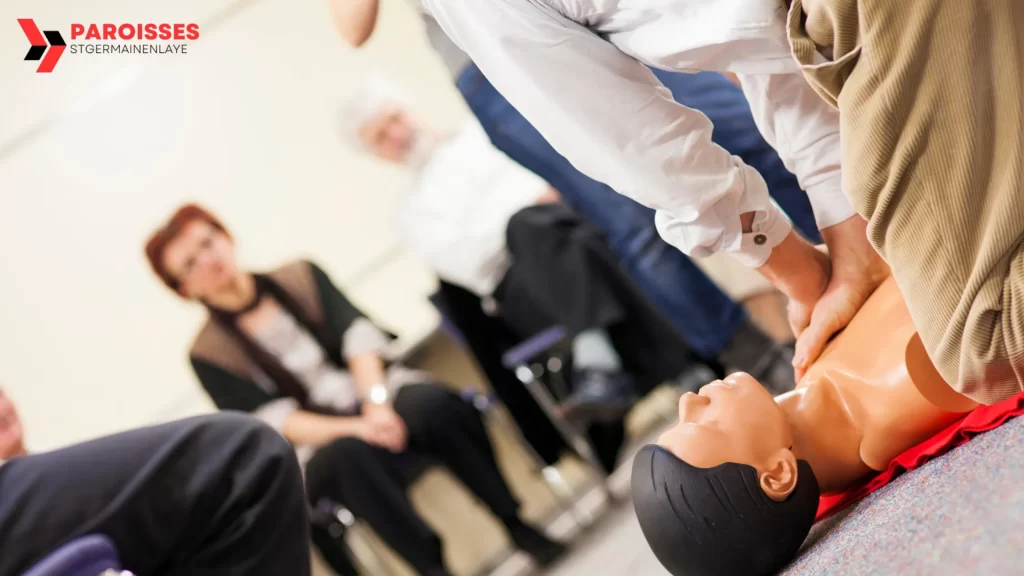
To boost your chest compression fraction, it’s vital to implement strategies that minimize interruptions and allow for continuous compressions. Below are some of the best techniques for achieving a high C.C.F:
- Avoid unnecessary pauses.
- Prepare equipment and rescuers in advance.
- Communicate effectively as a team.
By focusing on these strategies, you can understand how can you achieve a high chest compression fraction and improve the chances of a successful resuscitation.
Minimize Pauses Between Compressions
Pauses during C.P.R. often occur when switching rescuers, checking for a pulse, or providing ventilation. These pauses can significantly lower your C.C.F. To maintain a high C.C.F.:
- Prepare for transitions ahead of time. Ensure the next rescuer is ready to take over before the first one becomes fatigued. Quick, seamless switches between rescuers will reduce the time spent without compressions.
- Avoid unnecessary pauses for pulse checks unless there are clear signs of recovery. Every second without compressions decreases blood flow to the brain and heart.
Correct Compression Technique
Proper hand placement and compression depth are vital for maintaining adequate circulation. To ensure how can you achieve a high chest compression fraction, place your hands in the center of the chest and compress at least 2 inches (5 cm) deep for adults, allowing complete chest recoil between compressions. Correct compression depth not only ensures adequate blood flow but also plays a crucial role in how can you achieve a high chest compression fraction, ultimately contributing to better C.P.R. outcomes.
Use Feedback Devices or a Metronome
Consider using C.P.R. feedback devices if you’re wondering how to achieve a high chest compression fraction more efficiently. These devices monitor your compression rate, depth, and recoil, providing real-time feedback to perform compressions correctly. Mechanical C.P.R. devices are also an option, as they can maintain consistent compressions during transport or prolonged resuscitation.
Metronomes, which help maintain the recommended compression rate of 100-120 compressions per minute, can also be valuable tools in achieving a high C.C.F. by keeping compressions consistent.
Also Read: Makka Pakka Death: The Harrowing Truth You Wish Wasn’t Real
How to Maintain High-Quality Chest Compressions Over Time
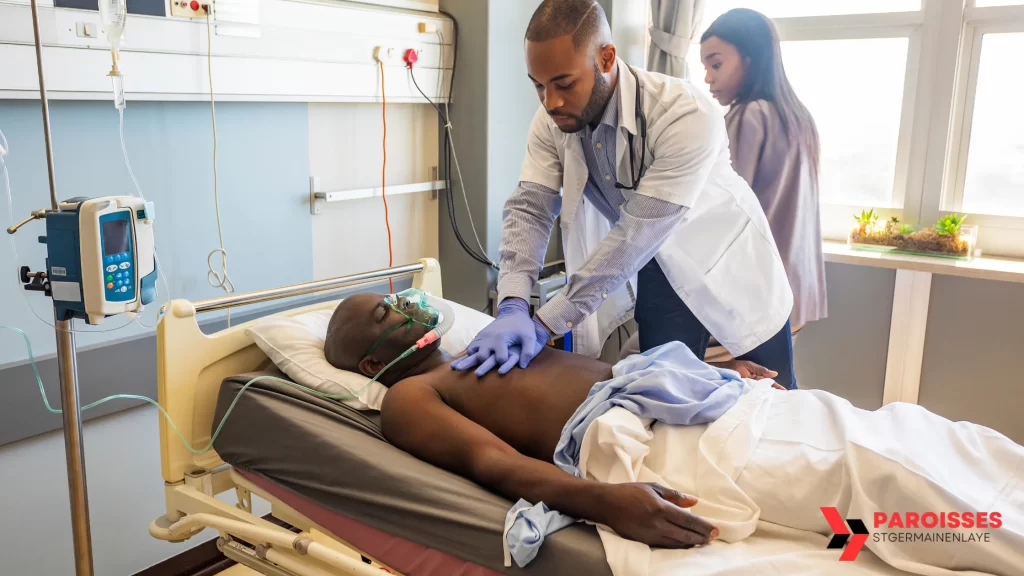
Consistency is critical to maintaining a high C.C.F. during prolonged resuscitation. Here are a few tips for ensuring your compressions remain effective throughout the C.P.R. process:
Practice Regularly
Even experienced rescuers can benefit from regular C.P.R. practice. Consistent training helps reinforce the muscle memory needed to deliver compressions efficiently. By practicing, you’ll be better equipped to provide compressions without hesitation, reducing the chance of fatigue and maintaining the quality of compressions over time.
Coordinate Team Efforts
In a real-life C.P.R. scenario, multiple rescuers are often involved. Effective team coordination is essential for achieving a high chest compression fraction. Each team member should clearly understand their role, and transitions between rescuers should be smooth and well-timed to minimize breaks in compressions.
Good communication between team members is crucial. Ensure everyone knows their responsibility during resuscitation and that transitions are seamless to avoid unnecessary pauses.
Common Mistakes to Avoid in C.P.R.
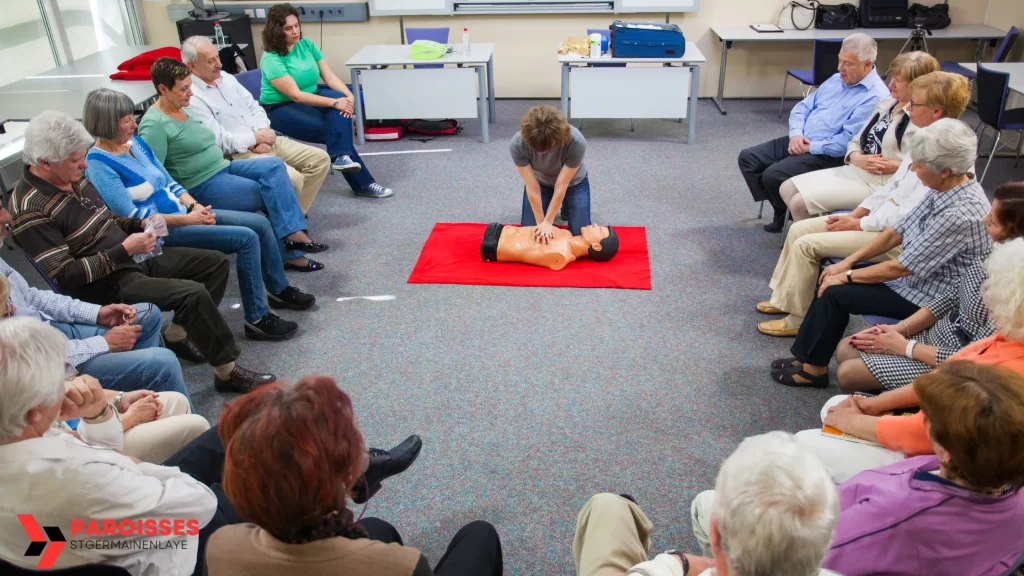
Knowing how to achieve a high chest compression fraction is essential, but understanding what to avoid is equally critical. Below are common mistakes that can reduce the effectiveness of C.P.R.:
Over-Ventilating the Patient
Excessive ventilation can interfere with chest compressions. Over-ventilating increases the pressure in the chest, which can reduce the effectiveness of compressions and lower the C.C.F. The proper ratio is 30 compressions to 2 breaths. Sticking to this guideline ensures that ventilation does not interrupt the flow of compressions.
Stopping for Unnecessary Pulse Checks
Pulse checks are essential, but stopping too frequently or for too long can reduce the chest compression fraction. Avoid stopping compressions unless there is a clear indication of recovery. Every second spent without compressions decreases the chances of survival, so the focus should always be on maintaining compressions as continuously as possible.
Also Read: How Can You Achieve a High Chest Compression Fraction?
Advanced Strategies for Maximizing Chest Compression Fraction
To truly master the aIt is important to learn that can improve your C.C.F. and overall resuscitation outcomes is essential.
Stay Cato truly master the art of high-quality C.P.R
Emergencies can be chaotic, but remaining calm and focused on the task is essential. Stress can lead to errors such as incorrect hand placement or pauses in compressions. Staying composed allows you to focus on delivering consistent, uninterrupted compressions, critical to maintaining a high C.C.F.
Stay Physically Fit
Performing chest compressions during prolonged C.P.R. requires physical endurance. Regular physical exercise can help you maintain the stamina needed to deliver high-quality compressions for extended periods. Physical fitness also helps reduce the risk of fatigue-related errors, such as shallow compressions or improper hand placement.
Use High-Quality Training Materials
High-quality training materials and simulation-based training can significantly enhance your ability to perform C.P.R. By engaging in frequent simulation exercises, you can hone your skills in maintaining a high C.C.F., even under pressure. High-performing emergency responders often undergo rigorous training, including team-based simulation exercises, to ensure they are prepared to achieve high C.C.F. in real-life situations.
The Role of Mechanical C.P.R. Devices
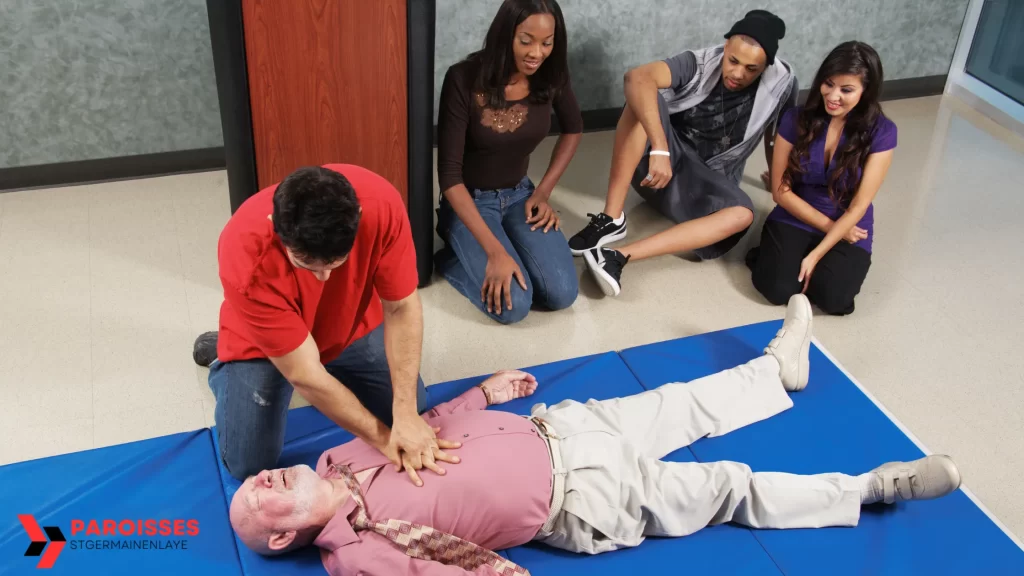
Mechanical C.P.R. devices are another way to maintain high C.C.F., especially during prolonged resuscitation or transport. These devices deliver consistent compressions at the correct depth and rate, ensuring uninterrupted C.P.R. While not always necessary, mechanical devices can be valuable in high-stress or long-duration resuscitations.
Achieving a high chest compression fraction is a critical component of successful CPR. By minimizing pauses, using correct techniques, and coordinating team efforts effectively, you can ensure that your compressions are consistent and continuous. Whether through manual CPR or mechanical assistance, the goal is maintaining a high CCFCCF to optimize blood flow and improve survival outcomes.
Practice, preparation, and proper training are essential for mastering these skills. In a cardiac emergency, knowing how to achieve a high chest compression fraction can make all the difference in saving a life. Continue honing your skills and applying these techniques to provide the highest-quality care in critical situations.

